

If your power strip isn’t long enough, you might be tempted to plug it into another one, creating a daisy chain of power strips. It may seem like good problem solving, but trust us, it isn’t. Doing so can end in disaster - it can cause one or more of the strips to fail or even catch on fire. For that reason, plugging two power strips together is against about half a dozen regulations in a professional setting.
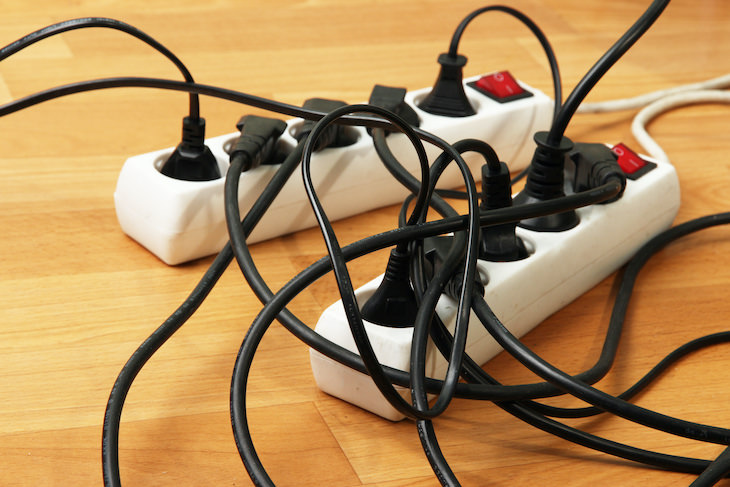
This one may sound obvious, but many are still guilty of doing it from time to time. Every power strip has a load capacity, which means it can only move so much power through its circuits at any given time. Overloading the strip can create a fire hazard, melt the plastic, and damage your home as well as any surrounding equipment. If you’re not sure how much your power strip can take, try to calculate the amperage requirements of everything you’re going to plug into it.
Related: 12 Amazing Fire Safety Tips
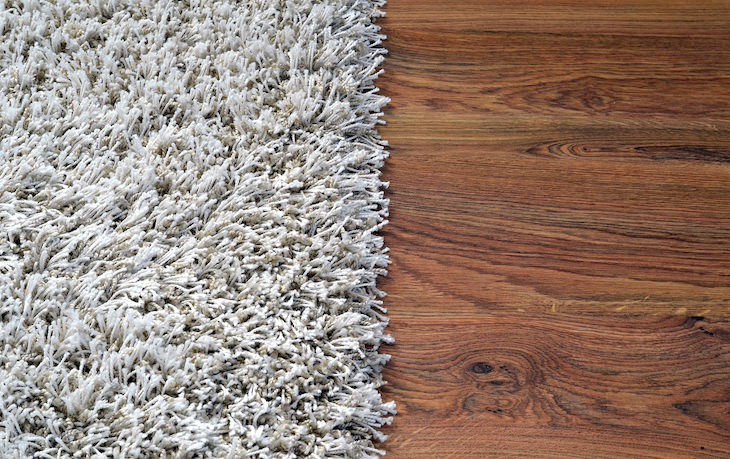
As electricity moves, the electrons can generate heat. If the power strip is in an enclosed space, under the rug, for example, this accumulation can create a fire hazard. Moreover, if you accidentally step on the power strip or any of the attached power cables because they’re out of sight, you can damage them or worse, get an electric shock.
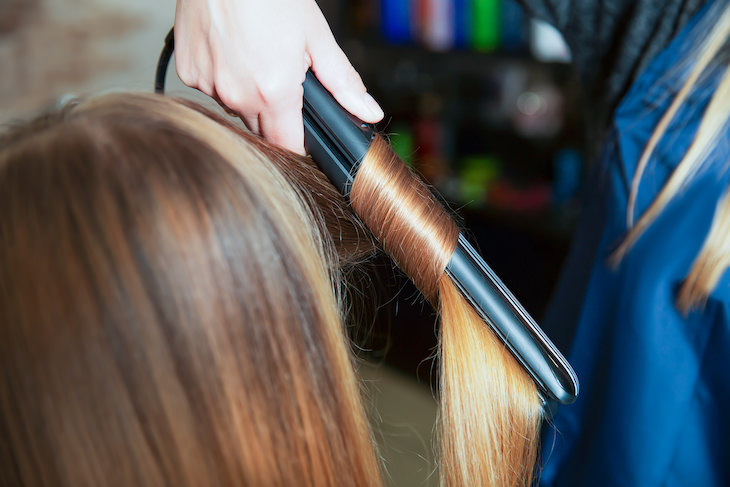
Appliances like hairdryers, curling irons, hair straighteners, and other beauty tools all work by generating heat, and in order to be able to do it, they draw quite a bit of amperage. Power strips aren’t designed to generate that kind of consistently high amperage, so such beauty tools should be plugged into an outlet.
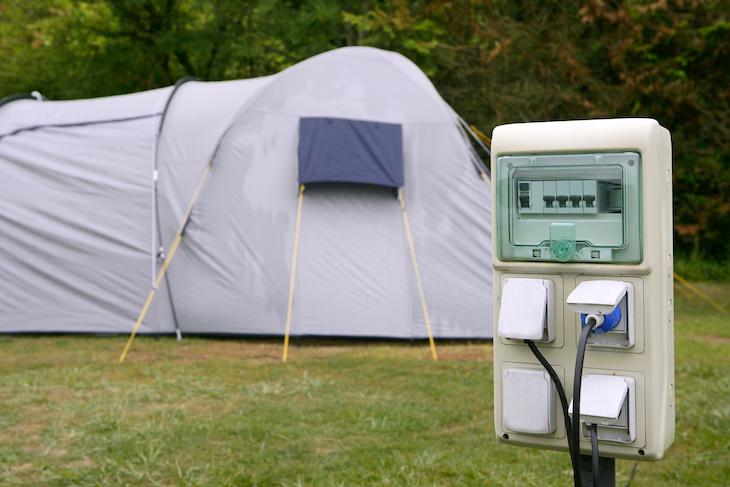
There are certain power strips that are designed for use outdoors. Unless the label specifically states it, do not try to use a regular power strip outside, it’s not designed to stand up to weather and water. Keep it indoors and find one suitable for the elements.
Related: 9 Dangerous House Smells You Should Never Ignore
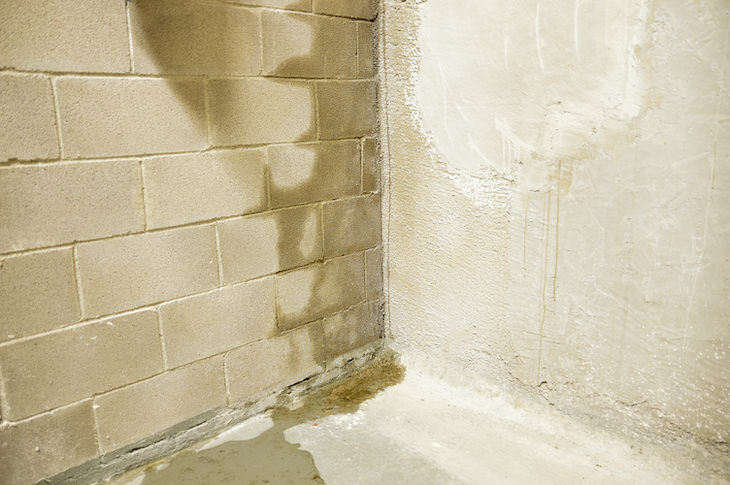
Knowing a power strip should never get wet is common sense, electricity and water do not mix. A mistake some might make without realizing is using a power strip in an environment that might become damp, like a basement. Another thing that might lead to a water-related accident is plugging your sump pump into a power strip. Better go with an outlet that’s well above floor level in case the sump pump fails and flooding occurs.
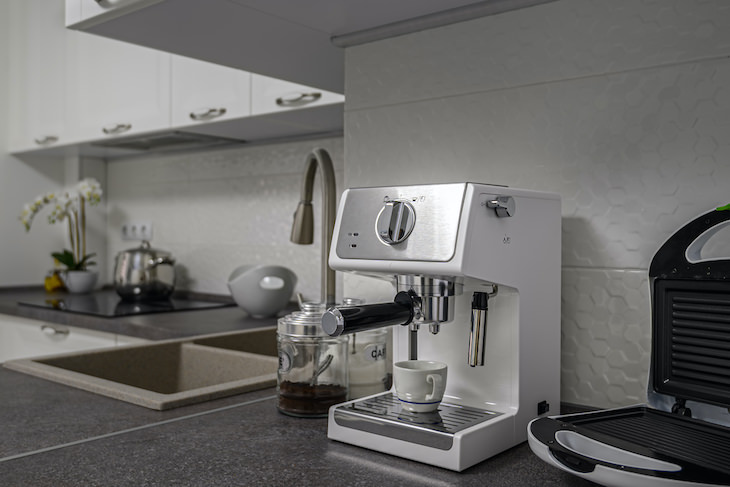
Coffee makers, microwaves, and toasters - all of those modern cooking miracles that make our lives easy should never be plugged into a power strip. Just like hair care appliances, kitchen devices usually generate heat. The coffee maker needs to produce enough heat to turn those beans into liquid, not to mention all the energy a microwave needs to thaw, reheat, and speedily cook food. A power strip just can’t provide this amount of energy, thus these appliances need their own dedicated power outlets.
Share these important safety tips with friends and family
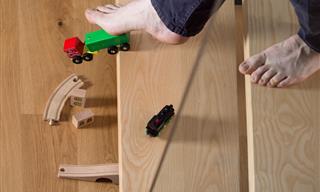
Be Aware of These 10 Unexpected Hazards Around the House
Everyday items like mirrors and exercise equipment cause a great number of injuries every year. Here are 10 households hazards to be aware of.

Recovering From Covid-19? Try These 7 Easy Exercises
Exercise can help you recover from Covid-19 quicker, but being smart about it is crucial. Here are a few easy and safe exercises anyone can do at home.
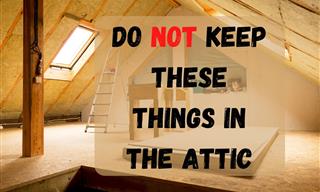
12 Things That Should NEVER Be Stored In the Attic
Stashing things in the attic may make your home seem organized, but it may render some items completely unusable.

8 Exercises To Take OFF Your Fitness Routine
Fitness experts strongly advise to skip these unnecessary exercises to avoid injuries and save time
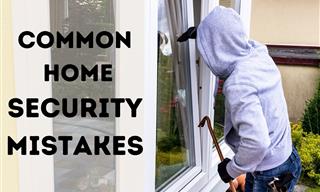
6 Home Security Mistakes to Stop Making Today
These security mistakes make you home an easy target for intruders. This is how to avoid them.
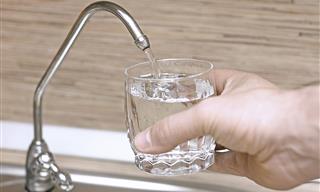
How Often to Change Your Water Filter - 3 Filter Types
Regularly changing the water filter is crucial if you want to maintain clean drinking water. Here's how often you should change 3 common filter types

10 Smart Ways to Treat Your Dry Skin!
Suffer from dry skin? You can find these next natural dry skin treating ingredients right in your home...

Say Goodbye to Rotten Fruits & Veggies with These 12 Tips
The way you store your groceries can affect their shelf life. These 12 tips will help keep your fruits and vegetables fresh for longer.

16 Heaven-Scent Plants That’ll Make Your Home Smell Divine
This article contains a list of 16 divinely-smelling plants that can be grown indoors or outdoors.

Get Rid of Your Dog's Worms Using These 10 Home Remedies
At some point in their lives, most dogs will suffer from intestinal worms. Should this happen to your dog, here are 10 home remedies to help deworm them.
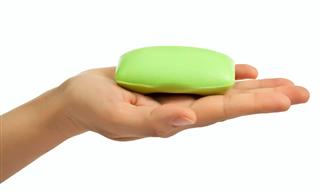
Hey! Did You Know Soap Has So Many Extra Uses?
Soap is much more than something useful for cleaning your hands and face. Here are 21 stunning uses for a bar of soap that I never even knew.
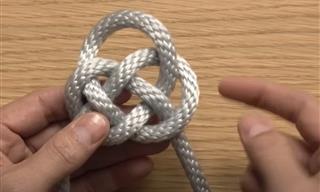 20:58
20:58
Watch This and Become a Knot Expert!
Become a knotting expert with this educational guide. Some of these knots can be life-saving...

WARNING: If You Love Dogs, This Information is Vital
If you're a dog lover, you should spread this information around. Don't feed dogs these common foods!

11 Genius Peanut Butter Life Hacks You Need To Know
Did you know you can use peanut butter as a leather cleaner?
 12:05
12:05
DO NOT Make These Mistakes When Frying an Egg
For a quick lesson in frying an egg, just watch this vidoe guide.

You May Have Been Washing Your Hair Wrong Your Whole Life!
This simple guide will explain why you haven't been washing your hair properly and how to do the right way to make sure your hair is healthy and strong!

Get Wax Out of Your Clothes Easily with This Guide
If you've got wax stuck on your fabrics, this is the best way to go about removing it.
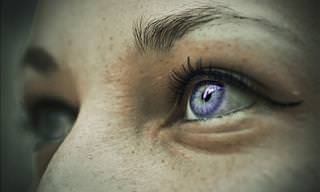
These 3 Healthy Salads Are So Good for Your Eyesight
Did you know that salads are so healthy that they are even good for your eyesight? Try these 3, and you'll SEE what I mean.

Enrich Your Knowledge with These Amazingly Useful Charts
Save these useful charts today! We guarantee they will come in handy…
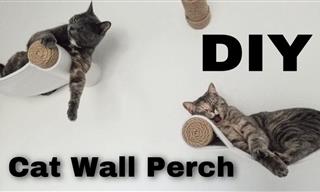 10:59
10:59
Treat Your Kitty With This DIY Cat Hammock
Share this video tutorial with all the cat owners you know. They're sure to appreciate it!
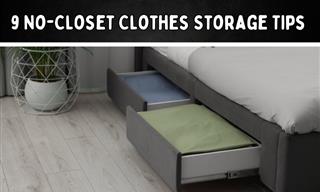
9 Smart Ways to Store Your Clothes Without a Closet!
Don’t have a closet? No problem. Store your clothes using these handy tips.

Did You Know That Going Bald Can be a Good Thing?
Although for many men, going bald is their worst nightmare, it's actually associated with numerous advantages. Here are 8 to lift your spirits.

This is How You Should Be Storing Your Groceries!
This fantastic guide will help you store all your groceries in the smartest way possible.

Can't Stop Overthinking? This Insightful Guide Is For You
Do you overthink? This guide will help you manage your thoughts better.
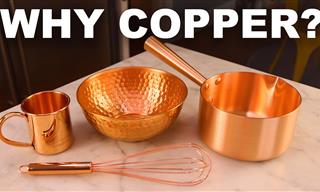 13:00
13:00
Should You Choose or Avoid Copper Pans?
Copper is a great antibacterial metal. Why then don't we all cook in it? This video will help you decide.

Tea Is Much More Than a Drink. It Has MANY Other Uses!
Tea isn't just for drinking, it's one of the most helpful materials in the house!

5 Things to Start Doing Every Day If Things Feel Stressed
Here are 5 priceless key tips that can make your life more productive and less stressful!
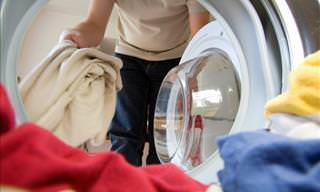
Warning: Using Dryer Sheets May Cause You Health Problems
Is it really such a good idea to use dryer sheets? The answer may shock you.
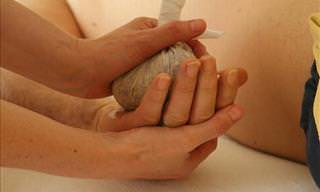
6 Ways to Make Your Hands Look and Feel Younger
Give your hands a little TLC with these helpful remedies.
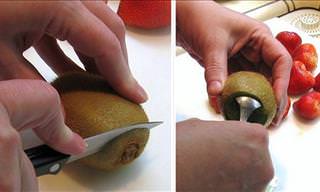
Our Complete Guide to Peeling Fruits and Vegetables!
Each fruit and vegetable has a different way of being effectively peeled. Our guide will teach you the very best methods!

STOP! Before You Throw Your Egg Shells, Read This...
Egg shells have a plethora of useful properties.
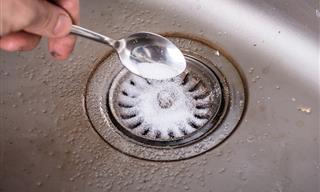
Clear a Clogged Drain Without Using Any Chemicals
The clogged drains of your house don't always need chemicals. These natural homemade cleaners provide great results, too.

Maintain Your Credibility By Avoiding the Following Words
There are certain words that many of us tend to use habitually. Unfortunately we use them to our detriment, as they harm our credibility. Find out more.

Here's How You Should be Washing Your Dark Clothes
When it comes to washing dark clothes, you've got to be careful. Here's how to wash your dark clothes without ruining them!

12 Foods You Must Add to Your Diet in Your 40s and Later
In this article, we’ll focus on 12 foods with proven anti-aging effects that are easy to find in stores and even easier to add into your diet

I Bet You've Never Thought of Using Wax Paper Like This!
There's so much you can do with wax paper. Here are 11 surprising uses.
 0:56
0:56
All My Life I've Been Opening Bananas Wrong. Shocked.
I Never Knew How to Really Open a Banana...
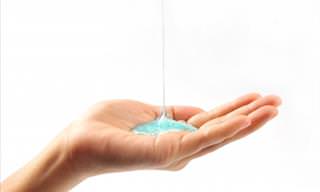
I've Discovered Conditioner Has Many Other Talents...
Hair conditioner can do a lot more than just make your hair shiny...

Why You Shouldn’t Use Olive Oil To Fry Or Braise Food
Stovetop cooking is very versatile, but most people are disappointed with this cooking method because they make one of these 10 mistakes...
 2:28
2:28
8 Super Handy Grocery Bag Tips You Have to Try
Whether you prefer paper or plastic, there are enough hacks here to really boost your bag usage. These tips will save you time, money and space. Perfect!
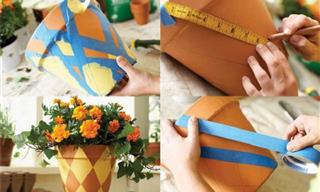
13 Great Ways to Decorate Your Potted Plants
Use one of the methods outlined in the following article to decorate your potted plants in an original way.

These Powerful Questions Can Lead You to a Happy Life
Harness the power of questions to transform your life for the better!

14 Creative Uses for Magnets Around the House
Here are some creative and practical ideas to make use of those unwanted magnets, which will benefit both you and the kids.
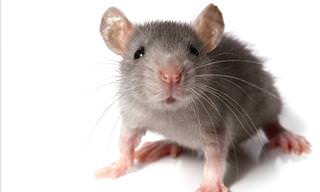
If You Have a Mouse Problem, This is How to Get Rid of It
If you have a mouse in your house there are many great (and humane) ways to get rid of it. Here are 6 of them.
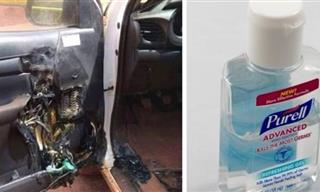
WARNING: Don't Keep This Product in Your Car
Hand sanitizers can be found in plenty of vehicles, maybe even in yours, but is it wise to store them there?
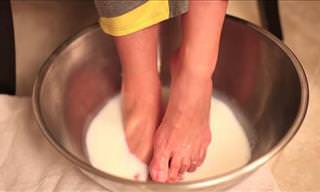
Give Your Feet a Treat With This Great Homemade Foot Soak
This simple, homemade foot soak uses only two ingredients to ensure your feet look and feel great!

I Bet You Never Realized How Useful Coffee Grounds Can Be!
Hold it! Don't throw away those old coffee grounds of yours - they have more uses than you can imagine. Read this post for 19 ways to use old coffee grounds.


